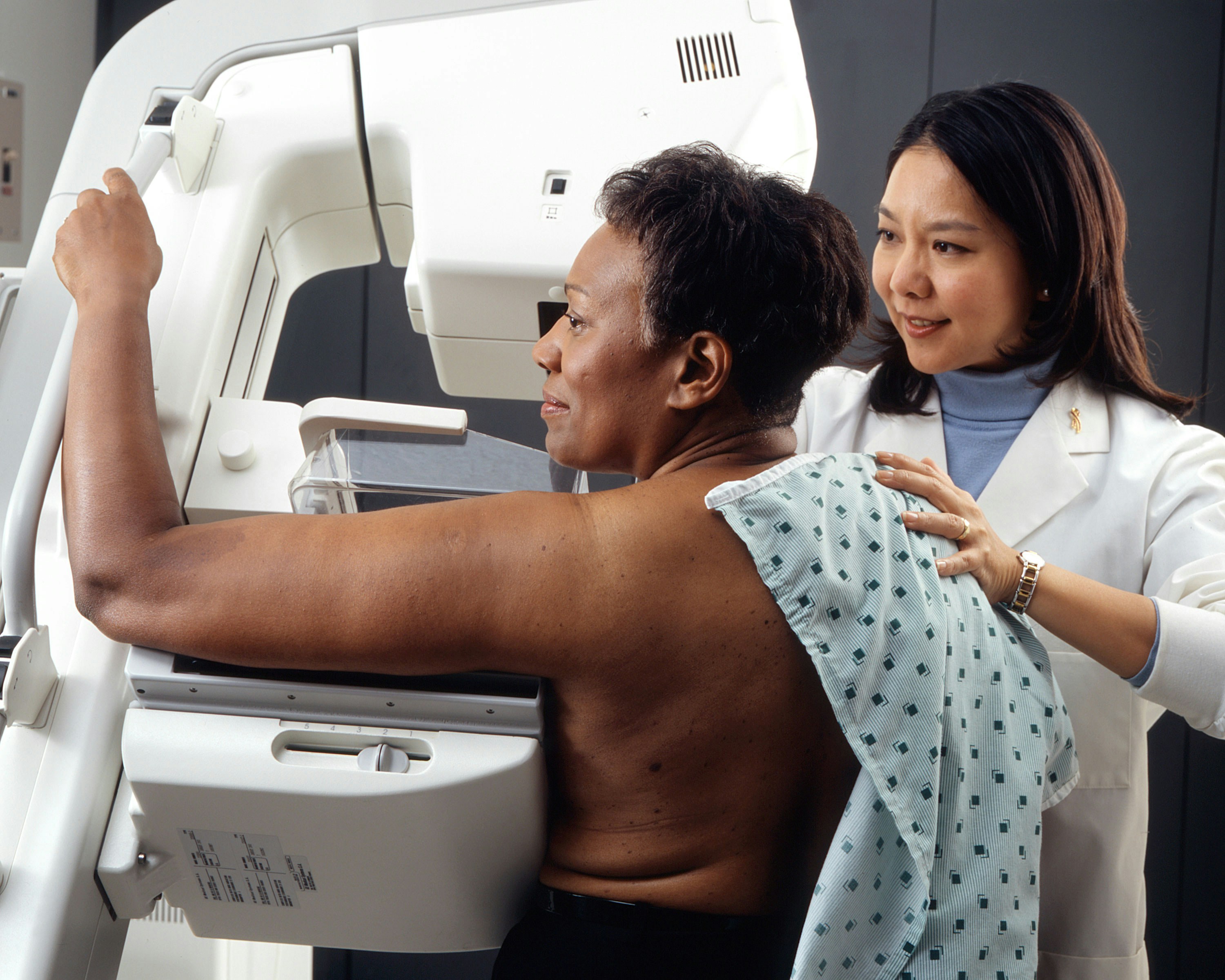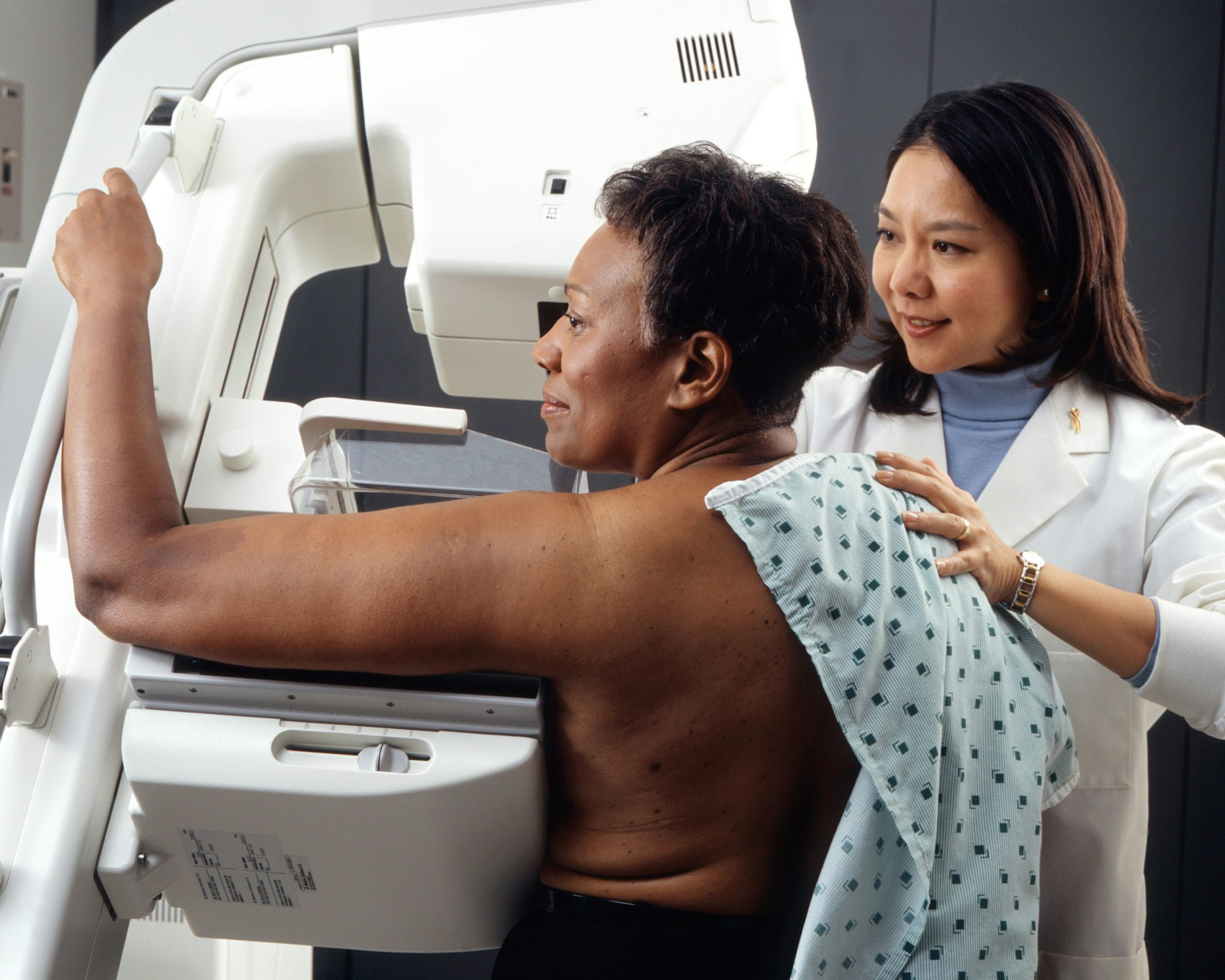How Does the Insertion Tube Impact Endoscope Performance?
Endoscopes have revolutionized the way we diagnose and treat medical conditions. They allow doctors to peer inside the human body with minimal invasiveness, providing crucial insights that were once only attainable through open surgery. But there’s one key component at the heart of every endoscope—the insertion tube—that can significantly impact its performance.
The insertion tube is more than just a passageway; it serves as a lifeline for both surgeons and patients alike. It facilitates not only access but also maneuverability, flexibility, and functionality during procedures. Understanding how this vital part works is essential for anyone involved in healthcare or medical technology.
As we delve into how the insertion tube affects endoscopic performance, you’ll discover why attention to its design and maintenance can lead to better outcomes for patients while maximizing efficiency in clinical settings. Let’s explore this fascinating aspect of modern medicine together!
What is an Endoscope and How Does it Work?
An endoscope is a medical instrument designed for visual examination inside the body. It consists of a long, flexible tube equipped with a light source and a camera at its tip. This allows healthcare professionals to see live images of internal organs without making large incisions.
The process begins when the endoscope is inserted through natural openings like the mouth or rectum, or via small incisions if necessary. Once in place, it transmits high-resolution images to an external monitor, providing invaluable insights during diagnostic procedures.
Endoscopes can also serve therapeutic purposes. They enable doctors to perform biopsies, remove polyps, or even treat conditions directly within the targeted area. The versatility and precision of this tool make it indispensable in modern medicine.
The Importance of the Insertion Tube in Endoscope Performance
The insertion tube is a critical component of any endoscope. This flexible yet sturdy structure allows for navigation through the complex anatomy of the human body. Its design directly influences how effectively an endoscope can be used during medical procedures.
A well-crafted insertion tube enhances maneuverability, enabling clinicians to access hard-to-reach areas with precision. If this component falls short in quality or performance, it compromises the entire procedure.
Moreover, the materials used in constructing the insertion tube matter greatly. They must withstand various environmental factors while providing optimal patient comfort and safety throughout examination processes.
In addition to functionality, an effective insertion tube minimizes patient discomfort and anxiety during exams. By improving overall experience, healthcare professionals can focus on delivering accurate diagnoses without unnecessary interruptions caused by equipment limitations.
Factors That Can Affect Insertion Tube Functionality

Several factors can influence the functionality of an insertion tube in endoscopy. One significant element is the material used to manufacture the tube. High-quality materials tend to withstand wear and tear better than their lower-grade counterparts.
Another critical factor is the overall design and flexibility of the insertion tube. A well-engineered design allows for easier navigation through complex anatomical pathways, enhancing visibility during procedures.
Environmental conditions also play a role. For instance, excessive moisture or debris within an operating environment can lead to contamination or damage over time.
Additionally, user technique significantly affects performance. Operators must be trained to handle instruments properly, ensuring that tubes are insertion tube endoscope not subjected to undue stress during use.
Regular inspections are essential as well; unnoticed wear could compromise function when it matters most. Understanding these factors ensures optimal usage of insertion tubes in endoscopic procedures.
Common Issues with Insertion Tubes
Insertion tubes are vital components of endoscopes, yet they can encounter various issues. One common problem is wear and tear over time. Frequent use can lead to cracks or abrasions that compromise their functionality.
Another issue involves kinking. If the insertion tube bends too sharply during procedures, it can obstruct visibility and hinder navigation within the body. This not only affects performance but also increases patient discomfort.
Additionally, contamination is a serious concern. Improper cleaning after each use may result in residual materials that could lead to infections or complications for patients.
Blockages from tissue debris are also problematic. These obstructions diminish the effectiveness of suction mechanisms essential for clear visualization during examinations or surgeries.
Recognizing these challenges helps healthcare providers maintain high standards of care while ensuring optimal endoscope performance in every procedure performed.
The Role of Proper Maintenance in Maximizing Endoscope Performance
Proper maintenance is essential for ensuring the longevity and functionality of insertion tube endoscopes. Regular cleaning helps prevent contamination, which can compromise both equipment performance and patient safety.
Routine inspections are crucial in identifying wear and tear on the insertion tube. Any signs of damage should be addressed immediately to avoid complications during procedures.
Technicians must adhere to manufacturer guidelines regarding sterilization techniques as well. Using inappropriate methods can deteriorate materials, affecting flexibility or maneuverability.
Additionally, documenting maintenance schedules ensures that no step is overlooked. Staying organized allows medical facilities to track usage patterns and anticipate potential issues before they escalate.
Investing time in proper upkeep not only boosts endoscope efficiency but also enhances overall patient care outcomes by minimizing risks associated with flawed equipment.
Advancements in Insertion Tube Technology

Recent advancements in insertion tube technology have transformed the landscape of endoscopic procedures. These innovations aim to enhance both functionality and patient comfort.
One notable development is the use of flexible materials that allow for greater maneuverability within complex anatomical pathways. This flexibility minimizes trauma during insertion, making procedures less invasive.
Additionally, integrated imaging capabilities are becoming standard. High-definition cameras embedded within the insertion tubes provide real-time visuals to physicians. This improvement enables more accurate diagnoses and targeted treatments.
Another breakthrough involves antimicrobial coatings on tubes. These surfaces help reduce infection risks by preventing bacterial growth during procedures.
As research continues, future technologies may include smart sensors that monitor pressure or temperature changes inside the body, offering valuable data throughout the examination process. Such features not only improve performance but also elevate patient safety standards significantly.
Conclusion: The Impact of the Insertion Tube on Endoscope Performance and Patient Care
The insertion tube plays a pivotal role in the overall performance of an endoscope. Its design and functionality directly influence how effectively healthcare providers can visualize internal structures, diagnose conditions, and perform procedures. A well-functioning insertion tube enhances maneuverability, flexibility, and access to hard-to-reach areas within the body.
When it comes to patient care, the significance of the insertion tube cannot be overstated. It impacts not only the quality of imaging but also patient comfort during procedures. Innovations in materials and technology are continually being developed to improve these tubes’ durability and endoscopy buttons efficiency.
Proper maintenance is crucial as well; regular checks can prevent common issues that may arise from wear or damage over time. By ensuring that each component functions optimally, medical professionals can provide better outcomes for their patients.
As advancements continue in endoscopy technology—especially regarding insertion tubes—the future looks promising for enhanced diagnostic capabilities. The ongoing focus on improving these vital components ultimately contributes to safer procedures and more accurate diagnoses for patients everywhere. Understanding this relationship highlights why attention must always be given to every aspect of endoscopic equipment, particularly the often-overlooked insertion tube.
